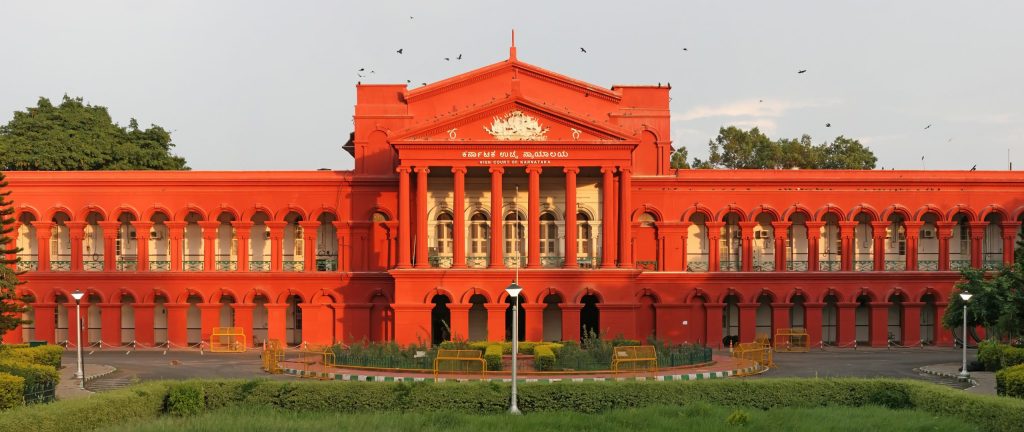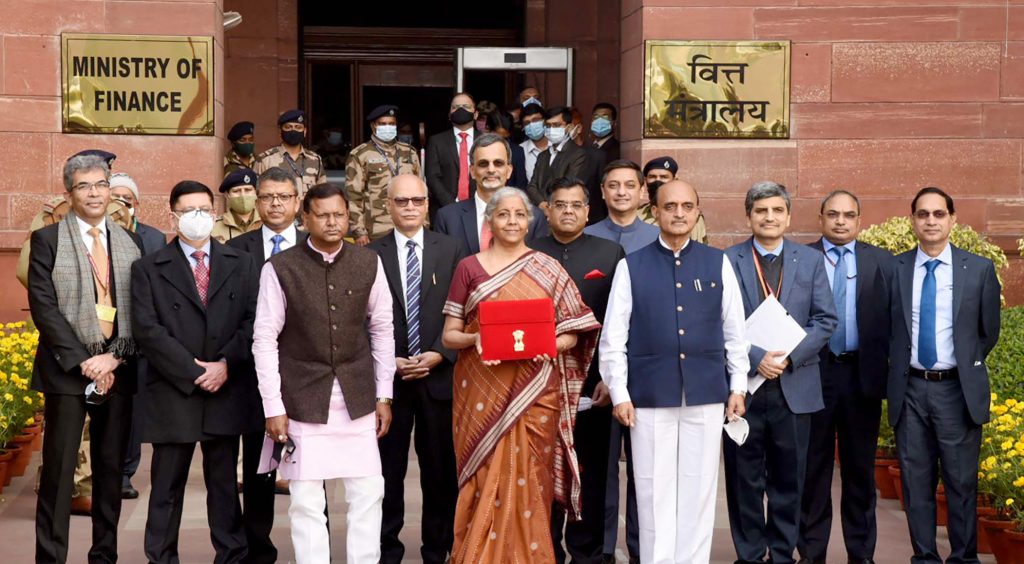Now Reading: Reports and Statistics of Crime in India in 20-21 century: The changes
-
01
Reports and Statistics of Crime in India in 20-21 century: The changes
Reports and Statistics of Crime in India in 20-21 century: The changes
1. Introduction
Crimes that are being reported in the past have shown a radical change. On one hand, in the 21st century, conventional crimes like murder, robbery, theft, and burglary have shown a declining phenomenon. Whilst on the other hand such crimes have been replaced by less violent crimes like counterfeiting, cheating, criminal breach of trust, bank fraud, cyber bullying, cyber pornography, etc. Such a shift in the dimension of crime from the 20th century to the 21st century is a result of a change in socio-economic phenomenon mainly due to globalization and the advancement of technology. Crimes like trafficking in narcotics, fraudulent financial deal, money laundering, Trojan attacks, cyber bullying, cyber warfare are adding new dimensions to crime set up.
2. Change in trends of violent and property crimes.
Before the end of the 20th century, violent crimes like murder, burglary, rioting, theft, and robbery were rampant. But the beginning of the 21st century shows a sharp decline in such crimes, mainly due to a more robust policing system in the country. The UN office on Drugs and Crime stated in its 2019 report stated that the overall homicide cases in India have dropped by 10%. According to the NCRB report, during the period of 2009 to 2015, the shift in homicide cases is from 3.8 to 3.4 per 1,000,000 population. It is important to note that while cases like theft, burglary, and rioting showed a sharp decline of 74%, 54%, and 51% respectively in the period of 1971 to 2015, the murder rate decreased by only 3%. All the four crime series viz, murder, theft, burglary, and rioting, following the similar pathways initially, peaked in 1974 and troughed immediately for 1–2 years before starting an upward trend. Unexpectedly, all rates, except that of murder, declined.[1]
Almost all the categories of crime in the field of violent crimes have shown a either sharp decrease or a feasible decrease. But the crime of rape has shown inconsistency with the other set of crimes. The rape rate showed a continuously increasing trend between 1971 and 2011, with the exceptional brief of pause between 1998 and 2003 when it stabilized. According to the data of NCRB, during the period of 1971-2011, the murder rate declined by 3%, while the rape rate increased by 351%.
3. Change in trends of crime against Children
Crime against children is considered as one of the most disastrous crimes. Efforts are made in order to afoot the exodus of such menace from the society but the crime is increasing with expedient rate and has spread larger roots in the 21st century than 20th century. Crime against children includes child rape, kidnapping, abduction, procuration of minor girls, selling and buying of girls for prostitution, abetment of suicide, exposure and abandonment, infanticide, foeticide, and child marriage restraint.[2]
In the report of NCRB of 1996, the year of 1997 showed the percentage variation of 57.8% from 1993 in child rape, kidnapping, and abduction. According to the NCRB report of 2015, kidnapping and abduction have shown the maximum number of cases within the ambit of offenses against children during the period of 2000-2015. While during the period of 1990 to 2000, child rape has shown the maximum number of cases. But still, there was an increase in the number of rape cases from 2,499 cases to 10,854 cases from 1990 to 2015. During the period of 1994 to 2015, the number of crime against children increased from 5,821 cases to 56,567 cases, showing an increase of 89%.
Children are the most vulnerable class of society and considered as the most valuable asset for a developed nation. In order to curb the menace of crime against children several legislations under Indian Penal code, as well as special and local laws, have been formulated, like, protection of Children from Sexual Offences, Child labor (Prohibition & Regulation) Act, 1986, Immoral Traffic (Prevention) Act, 1956, and Prohibition of Child Marriage Act, 2006 etc. But such legislations are unable to either slow down or diminish the rampant growth of offenses against children.[3]
4. Emergence of Cyber Crime
In the 21st century, it does not matter how many weapons you are carrying but instead, your efficiency with respect to technology matters the most. The increase rate of advancement in the field of technology prove to be boon as well as a bane. On one hand, it increased the efficiency of humans, while on the other hand, it resulted in the emergence of new variants of crime, viz Cyber Crime. Capacity to store data, easy accessibility, complexity, and loss of evidence are some of the factors which helped such crime to flourish in 21st century. The modes and manners of committing Cyber Crimes include unauthorized users access to computer systems like hacking to the computer, theft of information including in electronic form, email bombing, virus attacks, and salami attacks, etc.
On the basis of perpetrators and the motive crimes committed by the use of technology can be divided into four parts viz, cyber crime, cyber warfare, cyber espionage, and cyber-terrorism. During the period 2010-2018, the cases increased from 966 to 27,248 cases, showing an increase of 96%.[4] In the initial years of the formation of NCRB, the heading of cyber crime did not find its place in the annual reports of the institution. But with the advancement of technology, cybercrime has become the most prominent crime in society while increasing with an exponential rate. The report of NCRB in 2010 reported an increase of 50% cybercrimes over the previous year. While in 2017 the cyber crime increased by 77%. According to the NCRB report, cyber crime has also evolved itself to include different variants of cyber crime within itself like the circulation of nude pictures. In 2015-2016 out of 569 cases out of 5987 cyber crime cases were motivated by sexual exploitation. Such incidents of crime have increased by 107% in recent years. Apart from this, other sets of crimes in the ambit of cyber crime include, inter alia, tapering computer source document, misrepresentation, and suppression of facts, cyber stalking, cyber bullying of crimes, defamation, and morphing.
Due to such rampant increase of cyber crimes in India, lead the government to make an exclusive and separate set of legislation, viz Information Act 2000, to deal with the rampant of cyber crimes.
5. Emergence of Economic offenses
The increase in industrialization and globalization lead to the emergence of a new set of crime, namely, white collar/blue collar crimes or simply put economic offenses. Economic offenses are the manifestation of criminal acts dine either solely or in an organized manner with or without associates or gangs with an intent to earn wealth through illegal means, and carry out illicit activities violating the laws of the land, other regulatory, statutory provisions governing the economic activities of the government and its administration.[5] In the starting of 20th century such offenses are not in large numbers and hence, the chapter of economic offenses did not find its place in NCRB annual reports for 50 years. In 1994, the chapter of “economic offenses” was incorporated in NCRB annual reports for the very first time. Crimes associated with economic offenses include smuggling, money laundering, tax evasion, export and import offenses, drug trafficking, trading in cultural property, bribery, corruption, and bank frauds.
In the 2015 report of NCRB data, the increase in the cases of economic offenses doubled in the last decade. In the 2017 report of NCRB, it was reported that the maximum number of crimes in the ambit of economic offenses are related to forgery, cheating, and fraud with 21,152 cases in 2017. In the year of 1994, the removal of government officials during the departmental proceedings for bribery and corruption was 3 and dismissal was 7. But in year 2002 removal spiked to 109. In the period of 1994 the categories of public servants involved in regular dept. The action was 1869, while in the year of 2003, it spiked to 5,888 cases.
Taking into consideration of such rampant increase of cases, several legislations were made to effectively deal with the menace of such economic offenses.
6. Conclusion
The cultural, social, and economic changes in society contribute to the change in the trends of the crime of the state. Apart from this, the other factors influencing crime trends are the effectiveness of aggressive law enforcement practices and science & technology. Poverty in any country affects largely the crime of any country. Newly emerged crimes are, somewhat, unable to effectively dealt by the government to the novelty associated with the crime. Hence, the unavailability of robust legislation and mechanism to effectively deal with the menace of such crimes, resulted in their expansion.[6]
Apart from this, it is also pertinent to note that such crime records are not fully reliable. The efficiency as well as the credibility of NCRB are often questioned upon due to the inconsistencies of records from several other surveys. This is mainly due to two reasons, firstly, NCRB relies on outdated population projections. Secondly, the methodology to compute crime rates is not consistent across the years, which makes a simple comparison of crime rates across years meaningless.[7] Several crimes which, prima facie, are creating a menace in the society have not been able to find its place in the reports of NHRC or any other identical reports. Lynching is one of the examples of such a discrepancy in the reports made by such institutions. Also, the statistics of such crimes are based only on the FIR registered by the police officials but it is pertinent to note that most of the cases in India went unregistered. According to the Safety Trends and Reporting of Crime survey conducted by a Mumbai based think-tank, IDFC Institute, only 6-8% of victims of theft in four major Indian cities lodged an FIR (first information report) with the police.
In conclusion, the progress of human civilization with the advancement of technology, economy, and social surrounding, did not result in the civilization of humans in true sense. But, on the contrary it resulted in the escalation of crime in the society while replacing conventional crimes.
[1] Crimes in India, NCRB report.
[2] Crimes in India, NCRB Report, 2015.
[3] Crime in India, NCRB Report, 2016.
[4] NCRB report
[5] Crimes in India, NCRB report, 1994.
[6] Lloyd E. Ohlin, Effect of Social Change on Crime and Law Enforcement, 43 Notre Dame L. Rev. 834 (1968)
[7] Priti pratishurthi Dash & Shreya Rastogi, The many Gaps in NCRB data, The Hindu, 29 Oct. 2019,
https://www.thehindu.com/opinion/op-ed/the-many-gaps-in-ncrb-data/article29815998.ece








